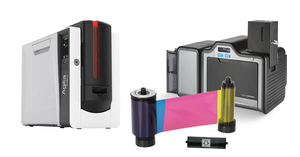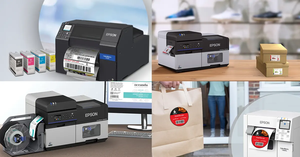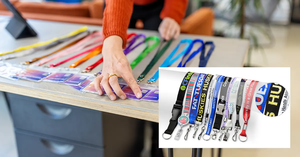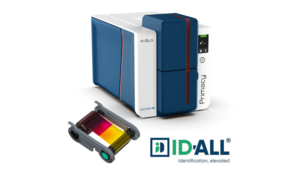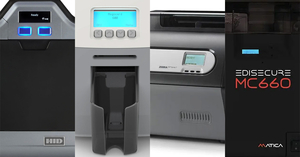What You Need to Know About Adding QR Codes to Your ID Badges
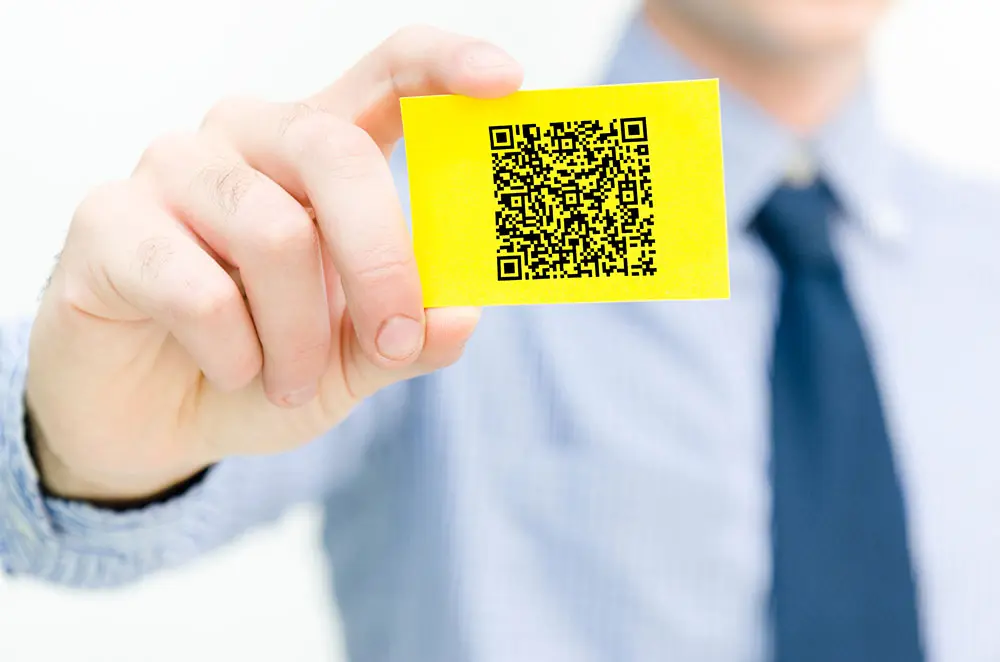
There are few companies who use only a photo ID badge as a security access point to their facilities. Most have migrated to some type of additional information contained on the card, such as bar codes, QR codes, magnetic stripes, or smart chips that offer additional information. These types of technologies help you gain instant access to more detailed information about the holder of the card, and greatly aid in adding another layer of security to your building’s system.
Adding a high-tech option for storing additional data on an ID badge doesn’t need to break the bank, however. QR codes are a high-tech, low-cost option for companies with varying levels of access or who require additional information to verify the card holder’s identification.
What are QR Codes?
QR stands for “Quick Response” and are the little black and white squares found on so many of today’s items that hold information and data. Where a one-dimensional, standard bar code can store up to 25 characters of information, a two-dimensional QR code can hold over 4,000 characters to help add layers of security information available about the holder of the ID card.
What makes QR codes so attractive is the advances made with the technology. With smartphones being able to read QR codes and the proliferation of QR code-scanning apps available, these codes offer the highest flexibility, ease of use, and endless possibilities for using the data stored on them.
You can find QR codes on a variety of sources, from packaged food at the grocery store to print advertising for businesses. And QR codes can be added to ID cards at a low cost that provides rapid identification of personnel well beyond what a security guard can gather from looking at a photo ID badge.
Examples of QR Code Use
Scanning a QR code can give instant information like up-to-the-minute access rights and authorizations for people entering your facility or job site. Another use is to ascertain the qualifications and credentials of people visiting. For example, a construction company that builds highly technical, high risk equipment could use QR codes on all access cards for vendors who install their equipment. They would be able to tell in a second if the person holding the card has the qualifications and training necessary to properly perform an installation, which would greatly reduce the risk of sub-par work being performed and the potential liability that would ensue from a faulty installation job.
Industries that would benefit the most from QR codes would be general contractors, major manufacturing plants, oil and gas refineries, utility companies, and any company that regularly send their people out in the field.
How to Use QR Codes
Putting QR codes on ID cards or badges lets you streamline time and attendance tracking, qualifications and authorizations, security access control, membership verification, and a wide variety of other uses.
If QR codes sound like the perfect layer of security and identification your company could use, adding them to your ID system is as simple as finding the right software that designs and prints QR codes. You can even print multiple QR codes on the front, the back, or both sides of your cards, opening up the functionality of your ID cards well beyond a simple photo ID use.
The IDSecurityOnline Difference
Call one of the IDSecurityOnline experts today to discuss how you can use QR codes in your ID system. We have the in-depth knowledge to help guide you to the right solution for your needs and one that fits your budget.
We’re brand-agnostic, which means we have an intimate understanding of our products, but don’t ascribe to any one system over the other. You get unvarnished, unbiased guidance on your best solution when you call IDSecurityOnline.
